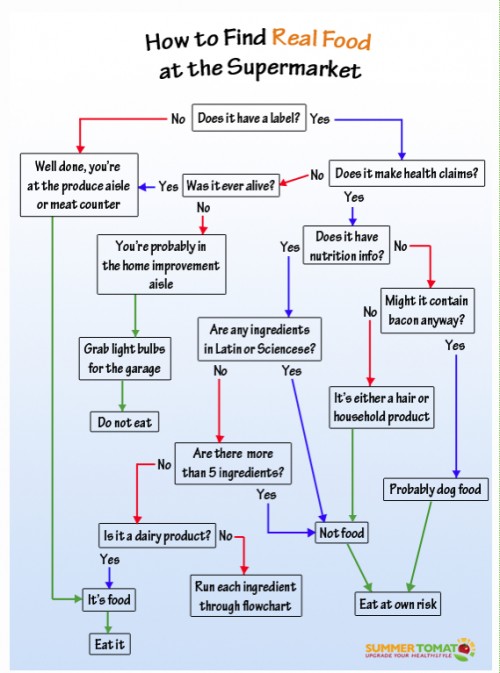Over the holidays, Pepsi announced two changes to its products.
“All Natural” Frito-Lay: First, the company announced that half its Frito-Lay chips would now be made with “all natural” ingredients.
“Natural,” you may recall, has no regulatory meaning. Companies pretty much get to define for themselves what the word means, provided what they say is “truthful and not misleading.”
By “natural,” Pepsi means removing MSG, artificial colors, and other chemical additives from some—but by no means all—chips and other snacks. This is a good start, but Cheetos and Doritos? Not a chance.
As to worries that the word “natural” is a calorie distractor and might encourage overeating, a Pepsi spokesperson said: “It’s meant to say: made with natural ingredients….It’s not meant to say: eat more.” Really? I’m not convinced.
Tropolis Squeezable Fruit: Next, Pepsi announced the latest innovation in kids’ products: Tropolis pouches of squeezable fruit.
I learned about Tropolis from a reporter at the Wall Street Journal, Valerie Bauerlein, who forwarded Pepsi’s press release:
Each fun-flavored 3.17 fl oz (90g) pouch provides a smooth blend of real squeezable fruit, is a good source of fiber, and offers 100 percent of the recommended daily value of vitamin C – all for less than 100 calories.
Tropicana Tropolis is made with no added sugars, artificial sweeteners or high fructose corn syrup; and no artificial flavors, colors or preservatives.
“Fun-flavored” is a euphemism for sugar. The press release explains what’s not in the product. So, what does it contain? It took some doing to find out, but it arrived eventually along with some further background information from Pepsi:
The issue is kids aren’t getting enough fruit, so Tropicana Tropolis is trying to help solve that problem in a fun, nutritious way…Studies show that families are not getting enough fruit and vegetables in their diets, and the health experts we talked to (registered dietitians and pediatricians) when developing Tropolis also raised this issue.
As you might imagine, I was not one of the experts they talked to. Here are the ingredients:
- Grape World: Apple puree, filtered water, banana puree concentrate, fibersol-2 fiber (maltodextrin), grape juice concentrate, apple juice concentrate, lemon juice concentrate, natural flavor and ascorbic acid (vitamin C).
- Cherry World: Apple puree, filtered water, banana puree concentrate, fibersol-2 fiber (maltodextrin), apple juice concentrate, cherry juice concentrate, lemon juice concentrate, natural flavor and ascorbic acid (vitamin C).
- Apple World: Apple puree, filtered water, banana puree concentrate, fibersol-2 fiber (maltodextrin), apple juice concentrate, lemon juice concentrate, natural flavor and ascorbic acid (vitamin C).
Translation: “Juice concentrates” is another euphemism for sugar. You don’t believe me? See the list of sugar euphemisms in the 2005 Dietary Guidelines (Table 14).
My translation: this is watery apple and banana sauce, artificially thickened, sweetened with fruit sugars, flavored with additives, and with added vitamin C.
As Valerie Bauerlein’s Wall Street Journal account explains, this product is about expanding Pepsi’s profits in the “better-for-you” category as captured in a quotation that is sure to become a classic.
Ms. Nooyi [Pepsi’s CEO] has said she wants to build the nutrition business to $30 billion from $10 billion by 2020.…We see the emerging opportunity to ‘snackify’ beverages and ‘drinkify’ snacks as the next frontier in food and beverage convenience,” Ms. Nooyi said.
I ’m also quoted in her article (I did the interview while stranded in Miami trying to get back to snowbound New York):
Marion Nestle, a professor of nutrition at New York University, said that the fruit concentrates are simply sugar. “They start out with real food, so let’s give them credit for applesauce and mashed-up bananas,” but “the rest of it is sugar,” she said. “Kids would be better off eating an apple or a banana.”
PepsiCo said Tropolis should get kids to eat more fruit, which is what’s most important.
Tropolis raises my favorite food philosophy question: Is a “better-for-you” product necessarily a good choice? Is this a good way to get kids to eat more fruit?
You decide.



